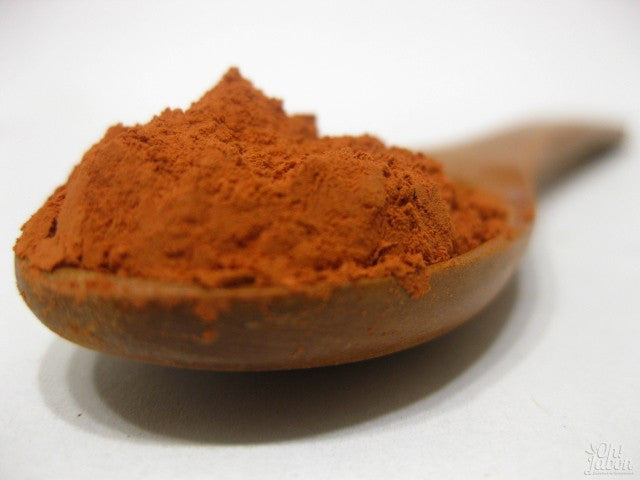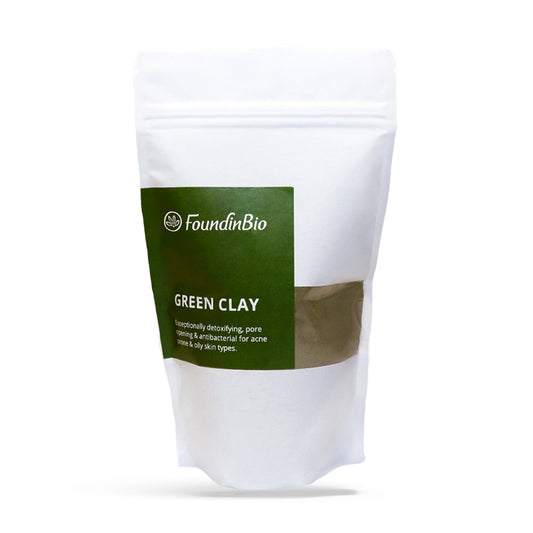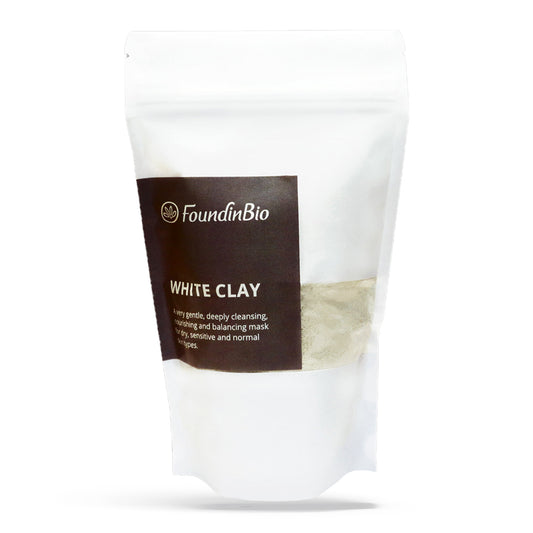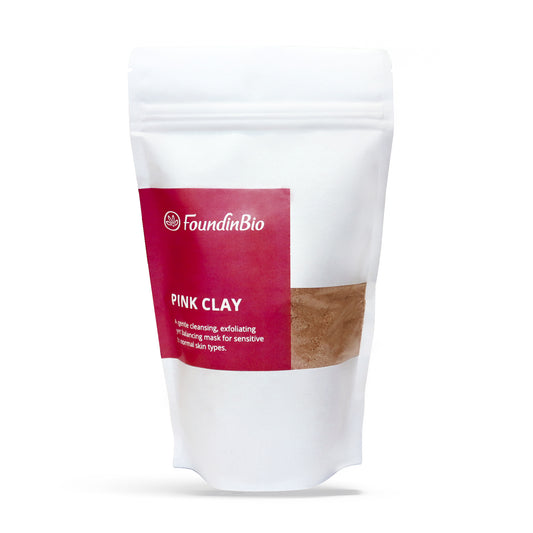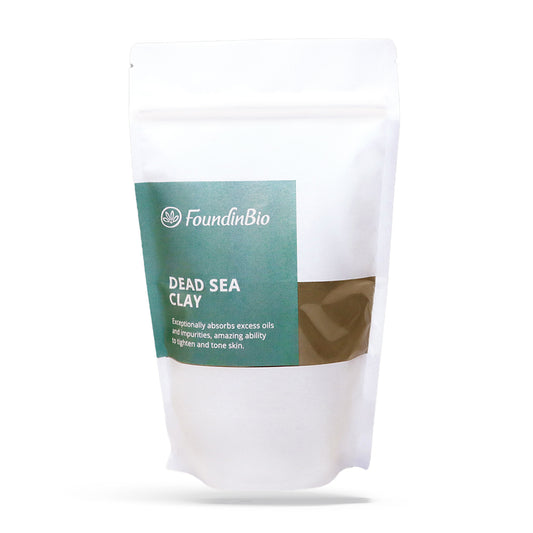It has an incredible amount of minerals (it contains the highest quantity of silica, magnesium, potassium, and calcium) and strong absorbing properties.
It’s very negatively charged and most toxins in your skin are positively charged, so this clay is the perfect magnet for sopping up all those impurities—sebum plugs, blackheads, and oil around hair follicles.
It absorbs dirt so well that it is used instead of shampoo to wash hair as well.
At the same time, its remineralizing properties are so remarkable that it reduces dryness and when paired to nourishing oil, it makes for great skin and hair moisturizer.
It improves skin elasticity and smoothness.
Face Mask: The simplest use for Red clay is as a face mask.
It can be mixed with water or something like rose water to form a silky paste.
This paste can be brushed or rubbed onto the face and left to dry before washing off.
Face Scrub: RED Clay can also be combined with other ingredients to make an exfoliating and smoothing scrub.
Can mix 1 Tablespoon Red clay with 1 Tablespoon ground oatmeal and apple cider vinegar to form a paste.
Can use it about once a week for an exfoliating face scrub.
As a bonus, it can be massaged into the face to exfoliate for 1-2 minutes and then left for another 5 minutes to dry before washing off. This will offer the benefits of a mask and an exfoliation in one step.
Hair Mask: Mix 1 tablespoon Red clay into 1/4 cup of water to make a thin mixture that can pour onto your hair and massage in.
For hair, it is important not to let the mixture dry as it can contribute to hair breakage if it hardens. If you prefer can massage into the hair in the shower and leave for about 30 seconds before washing.
Full Body Mask: - For great skin all-over, make a simple paste of clay and water and used it as a full-body mask before taking a bath and washing it off.
Clay must be kept dry.
It should never be mixed with metal spoons or stored in metal containers; the only materials that should be used in preparation or storage are wooden spoons or glass stirrers, and either glass or ceramic containers.
It is thought that the clay loses its beneficial qualities through contact with metal.

